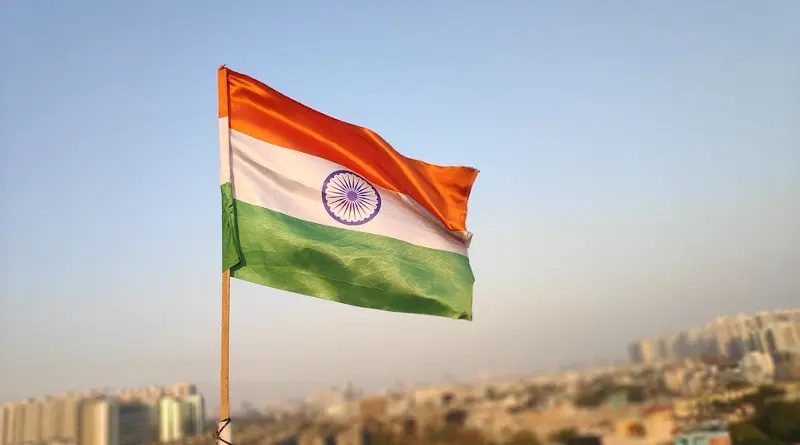Indian Government’s Crackdown Versus Freedom Of Speech And Thought – OpEd
By Shahbaz Ali
India says that it has a vibrant media that remains the freest in South Asia, but the fact is that journalists in the country continue to face an array of obstacles, including legal threats and arrest in connection with their work. India lacks strong privacy legislation, and government surveillance frameworks contain scope for abuse.
India ranks 150th on the 2022 World Press Freedom Index, published by the press watchdog Reporters Without Borders (RSF). Indian authorities are increasingly targeting journalists and online critics for their criticism of government policies and practices, including by prosecuting them under counterterrorism and sedition laws. Big business houses and powerful politicians have primarily controlled the press in India
Indian authorities have been implicated in using the Israeli-produced spyware Pegasus to target journalists. In addition, the authorities’ frequent internet shutdowns hamper the ability of journalists to do their work, including accessing and disseminating information online.
These restrictions on media freedom come amid an escalating crackdown on civil society by the Bharatiya Janata Party (BJP)-led government, which is using sedition, counterterrorism, and national security laws to target and prosecute human rights activists, students, government critics.
Despite increasing diversity in the print and online media sectors, some outlets self-censor to avoid losing public-sector advertising purchases, which are a key source of revenue. Foreign journalists continue to have occasional difficulty obtaining visas to report from within the country, particularly if their prior reporting has been critical of the national or state governments.
Members of the press are particularly vulnerable in rural areas and insurgency-wracked states such as Jammu and Kashmir and Assam where they continue to face physical violence, harassment, and censorship from the government or militant groups seeking to slant coverage in a certain way.
Local politicians own a significant percentage of the country’s cable distribution systems; this has enabled them to block television channels from broadcasting news that may adversely affect their interests.
Access to foreign media, with the exception of some outlets based in Pakistan, is generally unrestricted. However, authorities sometimes block distribution of certain foreign print editions due to content such as maps of the disputed Jammu and Kashmir region.
Since the BJP’s landslide victory in 2019, mainstream media have largely become a tool to promote the ruling party’s views and records. The Jammu and Kashmir media have come under greater restrictions since the Modi government revoked the disputed region’s autonomy in 2019.
At a time when the world was moving toward 5G high-speed internet, India imposed a 550-day communication blockade in Kashmir, citing national security concerns and the prevention of terrorism. The blockade, along with orders for media to not cover live clashes between police and militants, and arbitrary arrests, made it challenging for media to cover the pandemic, unrest, and other pressing issues.
In Jammu and Kashmir, the government has intensified its crackdown after it revoked the state’s special autonomous status in August 2019 and split it into two federally governed territories. Authorities in Kashmir are also using preventive detention under the Jammu and Kashmir Public Safety Act against journalists, which allows them to arbitrarily detain people without evidence and thorough judicial review.
Journalists or media outlets are mostly attacked when they question the government.
The government is increasingly using technology to curtail human rights and stifle freedom of expression online.
In its recent report on the state of human rights in India, the US state department has identified several cases where the freedom of the press was violated noting that there were instances when the government “pressured or harassed media outlets” that were critical of it.
The report was released on the same day the India-US 2+2 dialogue concluded and US secretary of state Antony Blinken said his country is monitoring an increase in human rights abuses in India by government officials.
Recently police in the Indian capital have arrested journalist Mohammed Zubair on charges of hurting religious sentiments for a tweet he posted in 2018. Zubair, co-founder of fact-checking website Alt News, that has busted numerous fake news stories, mostly pushed by Hindu right-wing portals, and claims made by members of the ruling BJP or its supporters.
Journalists, activists and opposition leaders have condemned Zubair’s arrest, demanding his immediate release and calling the police move an “assault on truth”.


Pakistan the Land of Disappearances : Look within before commenting and it is your very own Human Rights Commission; “Pakistan is one of the most dangerous countries in the world for activists and reporters: According to the HRCP, nearly 10,000 people have gone missing in the country since 2001, with nearly 3,000 still unaccounted for. In 2016 alone, there were 728 disappearances. The HRCP and human rights activists say these numbers are significantly under-reported”.As for the freedom of speech listen to Indian TV debates and the inciting hate speeches which Indian AIMIM Chief Asaduddin Owaisi and others make at times to spread hate and still such people roam free in this democracy.Look into your own HR violation record against the Christians,Hindus,Sikhs and even Shias….